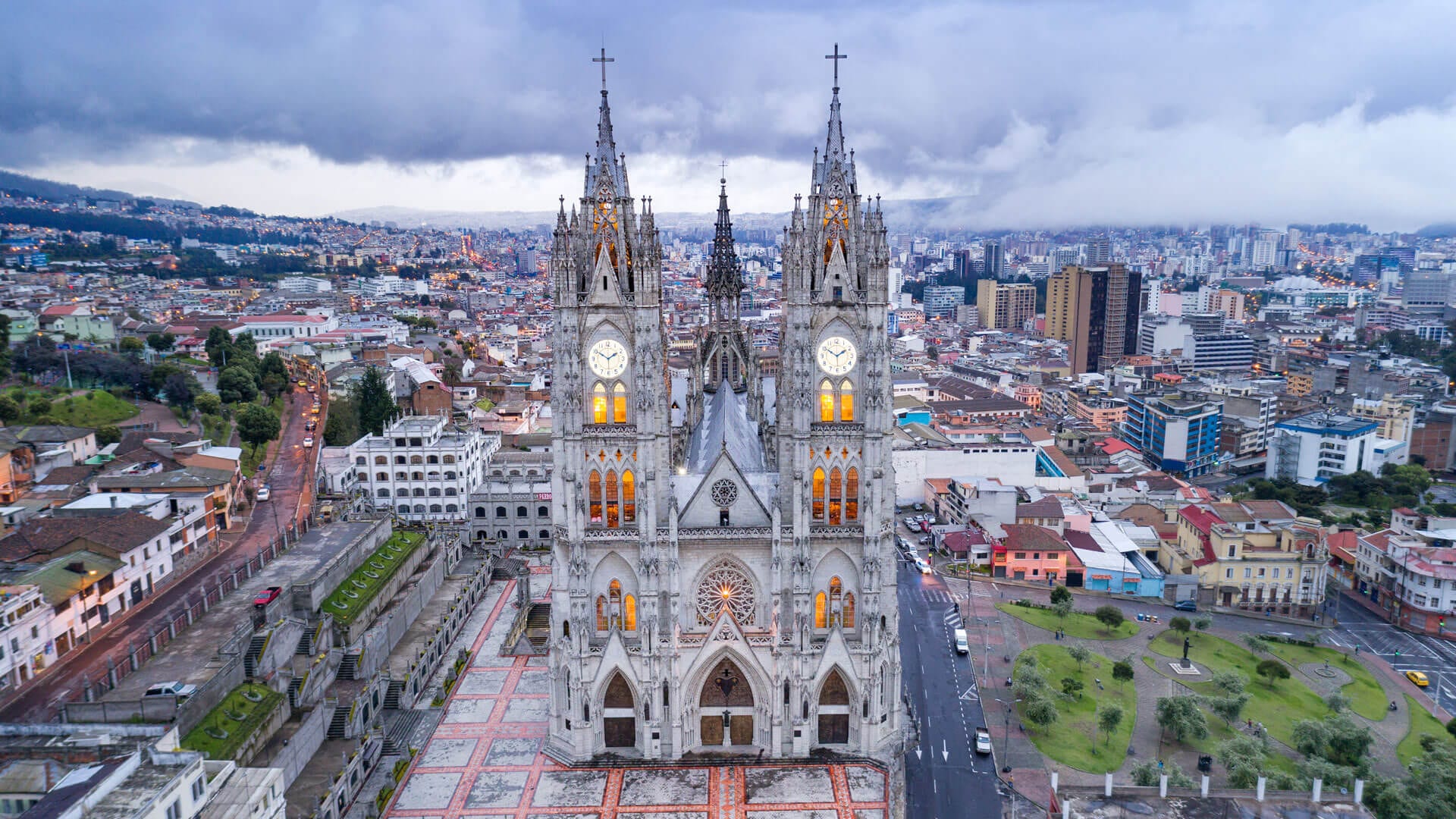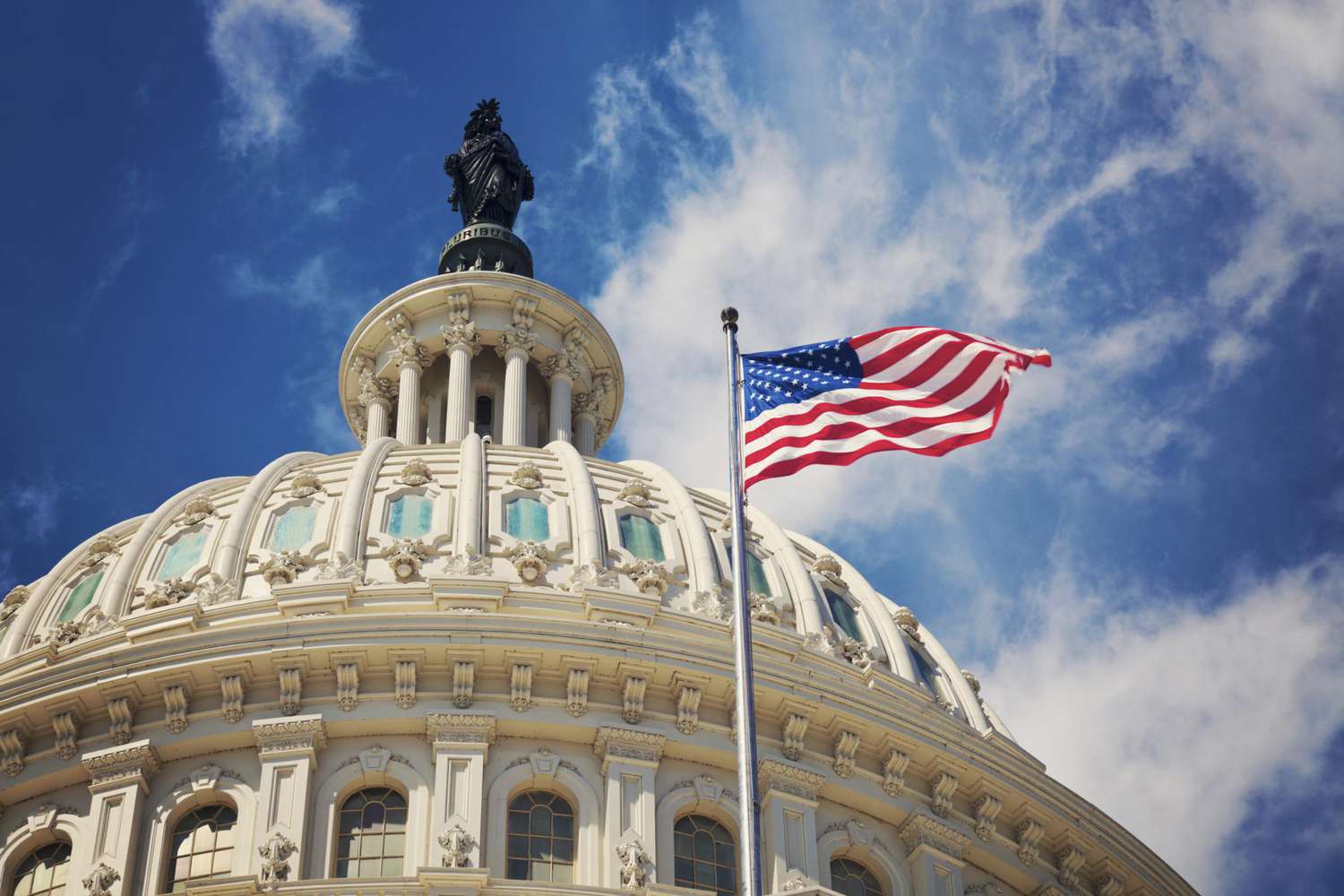
Quito, the capital city of Ecuador, is a vibrant and historic destination that has captivated travelers for centuries. Nestled high in the Andes Mountains, Quito is known for its stunning natural beauty, rich cultural heritage, and charming colonial architecture. With its UNESCO World Heritage status, the city boasts a plethora of well-preserved historical sites that showcase its fascinating past.
In this article, we will explore 36 fascinating facts about Quito that will give you a deeper understanding of this remarkable city. From its breathtaking views to its delicious cuisine, Quito offers something for everyone. Whether you’re a history buff, an adventure seeker, or a foodie, Quito is sure to captivate your heart and leave you with unforgettable memories. So, let’s dive into this eclectic mix of facts and discover why Quito is a must-visit destination for any traveler seeking an authentic South American experience.
Key Takeaways:
- Quito, the capital of Ecuador, is a UNESCO World Heritage Site with stunning views, vibrant culture, and a rich history. It’s a paradise for nature lovers and a melting pot of diverse cultures.
- Visitors to Quito can enjoy a vibrant nightlife, delicious street food, and a wide range of festivals and celebrations. The city offers something for everyone, from outdoor adventures to cultural experiences.
Quito is the capital city of Ecuador.
Located in the Andes Mountains in the province of Pichincha, Quito is the highest official capital city in the world, standing at an elevation of 2,850 meters (9,350 feet) above sea level.
The Historic Center of Quito is a UNESCO World Heritage Site.
With its well-preserved colonial architecture and historic landmarks, Quito’s historic center was declared a UNESCO World Heritage Site in It is one of the largest and least-altered historic centers in the Americas.
Quito was founded in 1534 by the Spanish conquistador Sebastián de Benalcázar.
Under Spanish colonial rule, Quito became an important administrative and economic center in South America.
Quito is known for its stunning panoramic views.
As the city is nestled among mountains, visitors can enjoy breathtaking views of the surrounding peaks, including the active stratovolcano Pichincha.
The Mitad del Mundo monument marks the equator.
Located just outside Quito, the Mitad del Mundo monument marks the exact location of the equator, where visitors can straddle both the northern and southern hemispheres.
Quito has a vibrant cultural scene.
The city is home to numerous theaters, art galleries, museums, and cultural festivals, making it a hub of artistic expression in Ecuador.
Quito’s cuisine is a blend of traditional Andean and Spanish influences.
Visitors can savor dishes such as ceviche, locro de papa (potato soup), and llapingachos (potato patties), among other delicious local specialties.
Quito hosts the largest New Year’s Eve celebration in Ecuador.
The city comes alive with fireworks, music, and dancing as people gather in the streets to ring in the New Year with joy and excitement.
Quito’s Teleferico offers stunning aerial views of the city.
The Teleferico is a cable car that takes visitors up the slopes of Pichincha volcano, offering breathtaking panoramic views of Quito and its surroundings.
Quito has a rich religious heritage.
The city is home to numerous churches and cathedrals, including the iconic Basílica del Voto Nacional and the historic San Francisco Church.
Quito is a gateway to the Galapagos Islands.
Many travelers use Quito as a starting point for their journey to the Galapagos Islands, as flights depart from Quito to this unique archipelago.
Quito has a mild climate.
Due to its location near the equator, Quito enjoys a mild climate year-round, with average temperatures ranging from 50°F (10°C) to 70°F (21°C).
Quito is home to the largest collection of colonial art in Latin America.
The Museum of Colonial Art in Quito houses a vast collection of paintings, sculptures, and religious artifacts from the colonial period.
The annual Quito Festival of Lights illuminates the city.
During the Festival of Lights, the city’s historic center is adorned with spectacular light displays, creating a magical atmosphere for both locals and tourists.
Quito is a haven for outdoor enthusiasts.
The city offers numerous opportunities for hiking, mountain biking, and horseback riding in the surrounding mountains and valleys.
Quito has a well-developed public transportation system.
Visitors can easily navigate the city using the Metrobus, trolleybus, or the Quito Metro, which is the first underground system in Ecuador.
Quito’s La Ronda street is famous for its bohemian atmosphere.
This historic street is lined with art galleries, craft shops, restaurants, and bars, making it a popular spot for locals and tourists alike.
Quito hosted the United Nations Conference on Housing and Sustainable Urban Development in 2016.
The conference, known as Habitat III, brought together world leaders to discuss sustainable urban development and the future of cities.
Quito’s Old Town is home to one of the highest concentrations of colonial churches in the Americas.
Visitors can explore the architectural wonders of the Old Town, including the stunning La Compañía de Jesús Church and the Quito Cathedral.
Quito has a thriving music scene.
The city hosts numerous music festivals throughout the year, showcasing a wide variety of genres, from traditional Andean music to contemporary jazz and rock.
Quito is a UNESCO City of Music.
In 2013, Quito was designated as a UNESCO City of Music, recognizing its rich musical heritage and vibrant music culture.
Quito’s Mariscal Sucre International Airport offers easy access to the city.
The airport, located just outside Quito, serves as the main gateway for travelers visiting Ecuador’s capital.
Quito’s countryside is dotted with picturesque haciendas.
Visitors can escape the hustle and bustle of the city by staying at one of the many traditional haciendas in the surrounding countryside.
Quito is a paradise for street art enthusiasts.
The city is adorned with colorful murals and graffiti, showcasing the creativity and talent of local artists.
Quito is home to Universidad San Francisco de Quito, a prestigious university in Ecuador.
The university is known for its strong academic programs and beautiful campus located in the Cumbayá Valley.
Quito offers a wide range of accommodation options.
From luxury hotels to budget-friendly hostels, visitors can find a place to stay that suits their preferences and budget.
Quito’s public parks provide green spaces for relaxation and recreation.
Parque La Carolina, Parque El Ejido, and Parque Metropolitano are just a few of the parks where residents and visitors can enjoy outdoor activities.
Quito is a center for craft traditions.
The city is known for its skilled artisans who create beautiful handicrafts, including textiles, ceramics, and woodwork.
Quito celebrates the Fiestas de Quito every December.
The Fiestas de Quito is a week-long celebration filled with music, dance, parades, and cultural events, honoring the city’s founding.
Quito has a vibrant nightlife.
From trendy bars and nightclubs to traditional venues offering live music and dance performances, Quito offers something for everyone after the sun goes down.
Quito’s street markets are a treasure trove of local products.
Visitors can explore the vibrant markets, such as Mercado Central and Otavalo Market, where they can find handmade crafts, fresh produce, and traditional Ecuadorian delicacies.
Quito is a city of festivals and celebrations.
Throughout the year, Quito hosts a variety of festivals, including the Carnival, the Festival of the Sun, and the International Theater Festival.
Quito’s cable car system is one of the highest in the world.
The Quito Teleférico takes passengers from the city to an elevation of 4,100 meters (13,450 feet) on the slopes of Pichincha volcano, providing stunning views of the city and surrounding landscapes.
Quito is a melting pot of cultures.
The city’s population includes indigenous people, mestizos, Afro-Ecuadorians, and international residents, creating a diverse cultural tapestry.
Quito’s vibrant street food scene offers delicious local flavors.
From empanadas and cevichochos to humitas and helados de paila, visitors can indulge in a wide variety of mouthwatering street food options.
Quito is a paradise for nature lovers.
Surrounded by stunning natural landscapes, including the cloud forests of Mindo and the volcanic peaks of Cotopaxi and Cayambe, Quito offers endless opportunities for outdoor adventures.
Conclusion
Quito, the capital city of Ecuador, is a fascinating destination with a rich cultural heritage and stunning natural beauty. With its unique blend of history, architecture, and breathtaking landscapes, there is no shortage of things to see and do in this vibrant city.
From the impressive colonial old town, a UNESCO World Heritage site, to the panoramic views from the Teleferico, Quito offers a diverse range of attractions and activities. Explore the bustling street markets, indulge in delicious Ecuadorian cuisine, and discover the city’s numerous museums and art galleries.
Whether you are a history buff, an adventure seeker, or a nature lover, Quito has something for everyone. Don’t miss the opportunity to visit this hidden gem of South America and experience the charm and beauty that Quito has to offer.
FAQs
1. What is the best time to visit Quito?
The best time to visit Quito is during the dry season, which runs from June to September. The weather is mild, and you can enjoy clear skies and pleasant temperatures.
2. Is Quito safe for tourists?
Quito is generally considered safe for tourists, but it is always advisable to take standard precautions. Avoid walking alone at night in unfamiliar areas and be mindful of your belongings.
3. How do I get to Quito?
Quito has an international airport, Mariscal Sucre International Airport, which receives flights from major cities around the world. You can also reach Quito by bus from neighboring countries.
4. What are some must-visit attractions in Quito?
Some must-visit attractions in Quito include the historic center, Basilica del Voto Nacional, Plaza de la Independencia, and El Panecillo viewpoint. These places showcase the city’s history, culture, and breathtaking views.
5. Can I acclimatize to the altitude in Quito?
Quito is located at high altitude, so it is essential to acclimatize properly. Take it easy during the first few days, drink plenty of water, and avoid excessive physical exertion to avoid altitude sickness.
6. Are there any day trips or excursions I can take from Quito?
Yes, there are several day trips and excursions you can take from Quito. Some popular options include visiting the Otavalo Market, exploring the Cotopaxi National Park, or taking a trip to the Middle of the World Monument.
Quito's rich history and vibrant culture make it a captivating destination for travelers. If you're curious about the city's football scene, Amrica de Quito Football Club has an intriguing story to tell. For those looking to immerse themselves in local festivities, Quito Fest promises an unforgettable experience. Witnessing Quito's Independence Day Celebration firsthand is a once-in-a-lifetime opportunity to connect with the city's spirit. Explore these facets of Quito and gain a deeper understanding of what makes this Ecuadorian gem truly special.
Was this page helpful?
Our commitment to delivering trustworthy and engaging content is at the heart of what we do. Each fact on our site is contributed by real users like you, bringing a wealth of diverse insights and information. To ensure the highest standards of accuracy and reliability, our dedicated editors meticulously review each submission. This process guarantees that the facts we share are not only fascinating but also credible. Trust in our commitment to quality and authenticity as you explore and learn with us.


